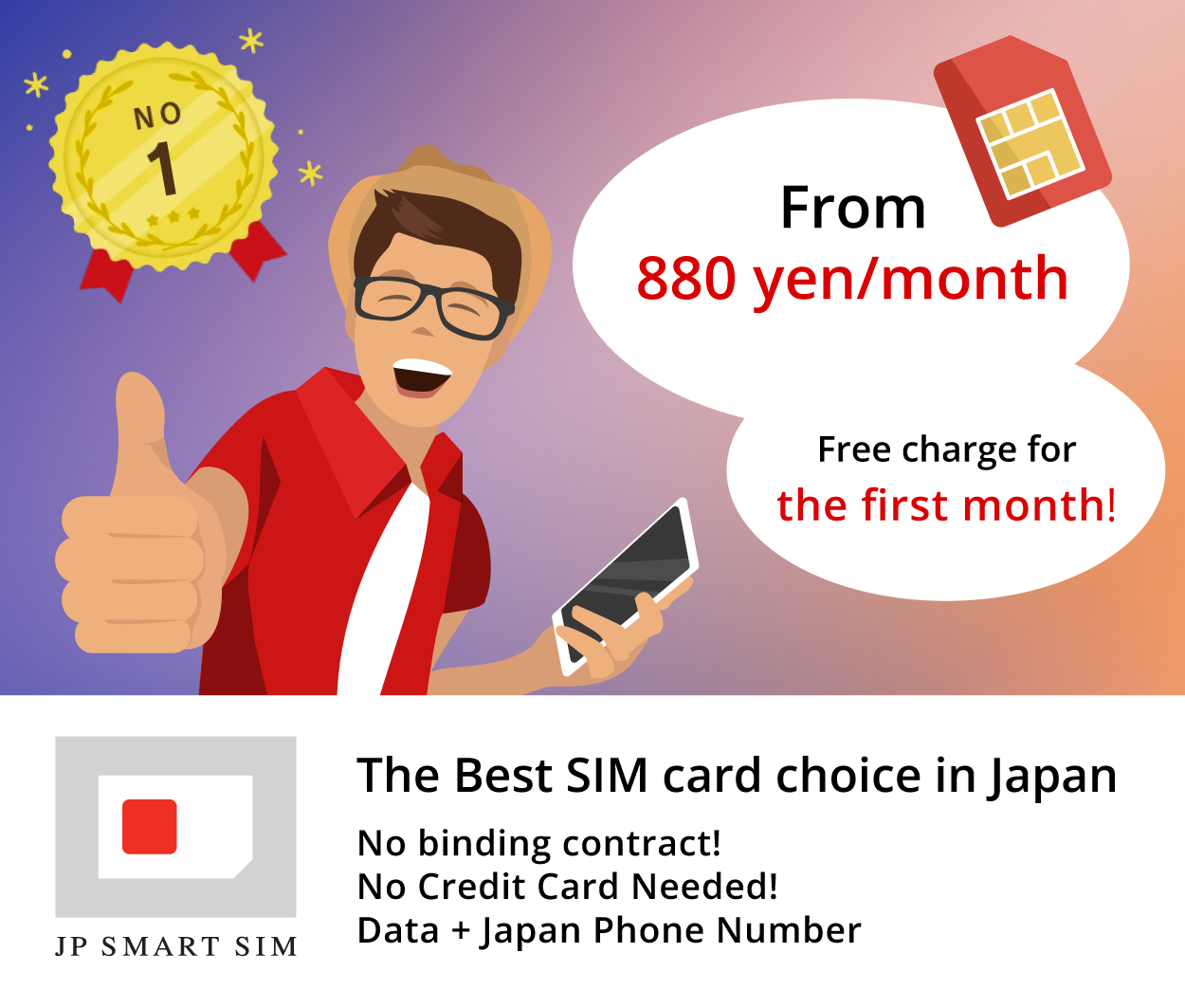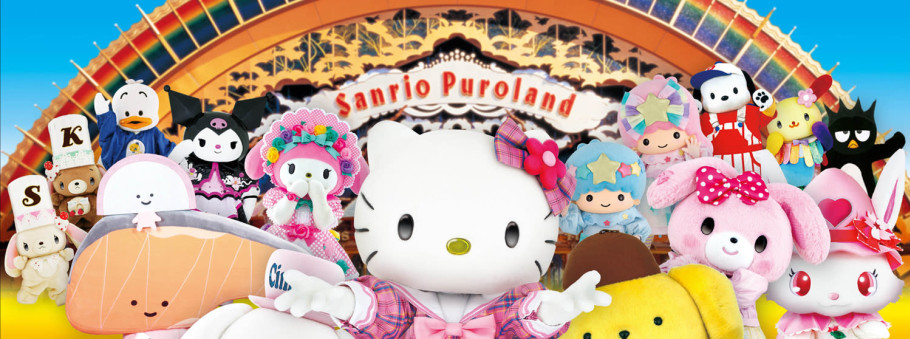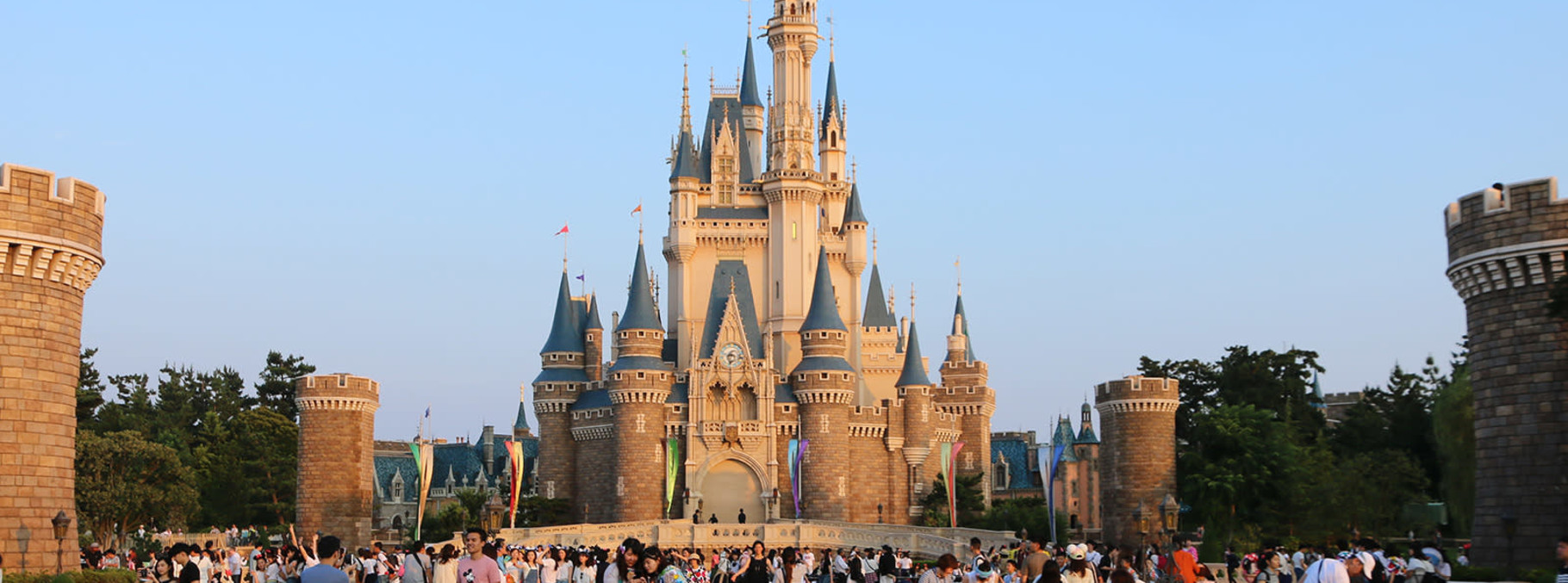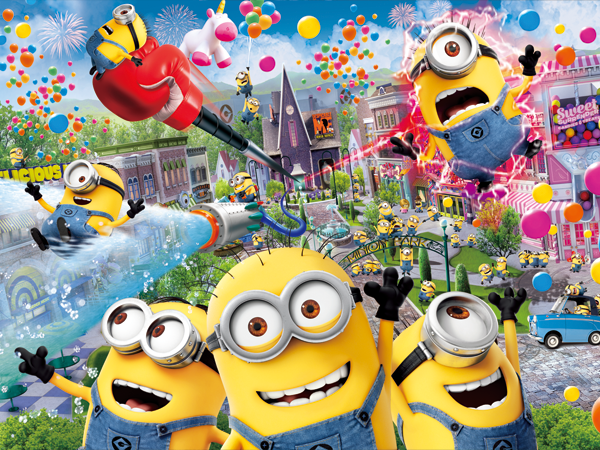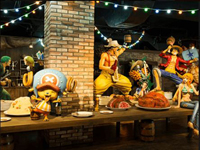Tsurugaoka Hachimangu Shrine

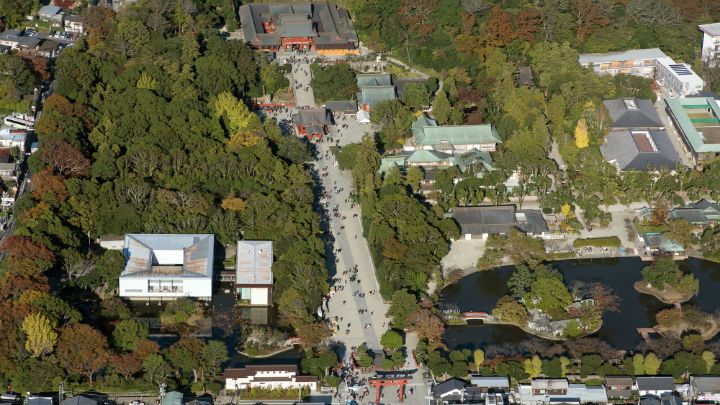
(Source: pixta)
Genpei-ike Pond
Inside of the grounds of Tsurugaoka Hachimangu is the Genpei-ike Pond which is a wonderful place to relax with brilliant cherry blossoms in spring and beautiful red and white lotus flowers in summer. On the eastern side of the pond on a small island is the Hata-age Benzaiten Shrine and the Masako-ishi, and on the western side is the café, Kaze-no-Mori from which you can get great views of the pond.

(Source: pixta)
Various events held at the Maiden Hall
Heading towards the hongu main hall while following the stone stairs will lead you to the intense vermilion red hall called the Maiden (pronounced, “my-den”). The hall is well known as the place where Shizuka Gozen, the lover of Yoritomo’s younger brother Minamoto Yoshitsune who revolted against his clan, performed a famous dance. Every year in April during the Kamakura Matsuri festival various dances are held including the famous “Shizuka-no-Mai” (“Shizuka’s Dance”) as well as other events throughout the year.

(Source: pixta)
Hongu main shrine
The building in the center of the Tsurgaoka Hachimangu grounds is the hongu (main shrine). The current hongu was built during the Edo period in 1828 and is officially registered as an important cultural property.

(Source: pixta)
Dankazura and cherry blossoms
One of the great charms of the Tsurugaoka Hachimangu is being able to enjoy the changing flowers of the seasons. In spring we recommend the Dankazura path that leads up to Tsurugaoka Hachimangu for its stunning cherry blossoms. So let’s head on up to the shrine while strolling through the beautiful natural arch of pink cherry blossoms.

(Source: pixta)
Extraordinary fall colors
At Tsurugaoka Hachimangu, where you can find beautiful flowers that change through the seasons, you can also witness the fabulous colors of the autumn leaves. The trees which are dyed in red and yellow cooperate remarkably with the halls of the shrine making for wondrous scenes of art. It is pure soul-nurturing beauty.

(Source: pixta)
Komachi-dori Street
Komachi-dori is a 360 m long street full of shops that connects Tsurugaoka Hachimangu with the eastern exit of the Kamakura Station. Various kinds of shops can be found on both sides of the street that is bustling with visitors day in and day out. Starting with traditional treats like dango sweet dumplings and sembei rice crackers, there are lots of small bites sold here that go perfect with a “tabe-aruki” walking food tour. This is also a prime spot to find souvenirs from Kamakura.

(Source: pixta)

(Source: pixta)
Genpei-ike Pond
Inside of the grounds of Tsurugaoka Hachimangu is the Genpei-ike Pond which is a wonderful place to relax with brilliant cherry blossoms in spring and beautiful red and white lotus flowers in summer. On the eastern side of the pond on a small island is the Hata-age Benzaiten Shrine and the Masako-ishi, and on the western side is the café, Kaze-no-Mori from which you can get great views of the pond.

(Source: pixta)
Various events held at the Maiden Hall
Heading towards the hongu main hall while following the stone stairs will lead you to the intense vermilion red hall called the Maiden (pronounced, “my-den”). The hall is well known as the place where Shizuka Gozen, the lover of Yoritomo’s younger brother Minamoto Yoshitsune who revolted against his clan, performed a famous dance. Every year in April during the Kamakura Matsuri festival various dances are held including the famous “Shizuka-no-Mai” (“Shizuka’s Dance”) as well as other events throughout the year.

(Source: pixta)
Hongu main shrine
The building in the center of the Tsurgaoka Hachimangu grounds is the hongu (main shrine). The current hongu was built during the Edo period in 1828 and is officially registered as an important cultural property.

(Source: pixta)
Dankazura and cherry blossoms
One of the great charms of the Tsurugaoka Hachimangu is being able to enjoy the changing flowers of the seasons. In spring we recommend the Dankazura path that leads up to Tsurugaoka Hachimangu for its stunning cherry blossoms. So let’s head on up to the shrine while strolling through the beautiful natural arch of pink cherry blossoms.

(Source: pixta)
Extraordinary fall colors
At Tsurugaoka Hachimangu, where you can find beautiful flowers that change through the seasons, you can also witness the fabulous colors of the autumn leaves. The trees which are dyed in red and yellow cooperate remarkably with the halls of the shrine making for wondrous scenes of art. It is pure soul-nurturing beauty.

(Source: pixta)
Komachi-dori Street
Komachi-dori is a 360 m long street full of shops that connects Tsurugaoka Hachimangu with the eastern exit of the Kamakura Station. Various kinds of shops can be found on both sides of the street that is bustling with visitors day in and day out. Starting with traditional treats like dango sweet dumplings and sembei rice crackers, there are lots of small bites sold here that go perfect with a “tabe-aruki” walking food tour. This is also a prime spot to find souvenirs from Kamakura.

(Source: pixta)
